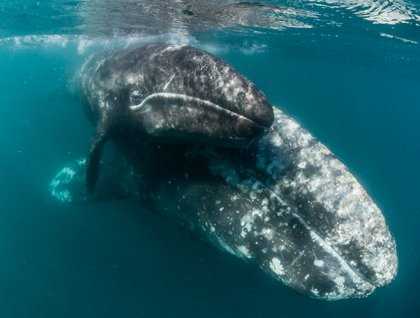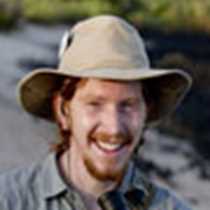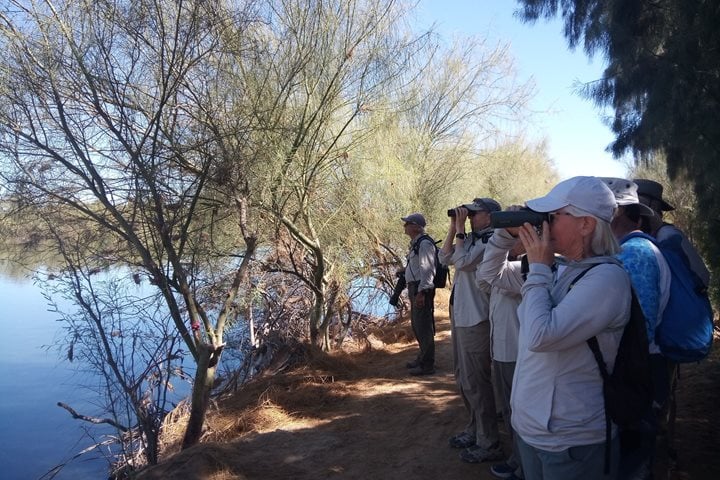“Children are the living messages we send to a time we will not see.”
-
Neil Postman
San Ignacio Lagoon is simply one of the most magic places on the face of our planet. Today I was especially pleased to be able to work with a young man whom I have literally watched grow to become a steward of the California gray whale. Daniel Aguilar was a young boy when I first started working with his father Antonio in the early 1990’s here in the lagoon. The community was remote and life was difficult as these fisherman tried to carve out a consistent livelihood, literally pulling a living from the sea with their bare hands.
Gray whales were just beginning to become a popular tourist attraction and fisherman considered it only as a secondary source of income. Today Daniel is a 33 year old pangero and has his father’s gift of inviting whales to approach and inspect our inflatable boats in a choreographed dance that connects both humans and whales, each absolutely intrigued by the other.
In the mid 1990’s this small community rose up as one and defeated a proposition by the Mitsubishi Corporation to bring commercial salt mining, and the infrastructure that came with it, into the lagoon all because this is one of only three places on the west coast of North America that California gray whales utilize for calving. No one knew for sure how many whales could be counted upon, how much money the industry could generate, how much the world would want to come to a remote lagoon in the middle of the desert for the privilege of being in the presence of these leviathans.
Oh has that decision paid off! This year 189 newborn calves have been counted and identified, a new record high in Laguna San Ignacio. People from all over the world travel here to go out in small boats to be among these great whales. The whales are prospering, and so are the Mexican families who have become the stewards of this UNESCO World Heritage site (the only remaining gray whale breeding lagoon considered undisturbed by human development).
We find ourselves throughout the day surrounded by mothers and their two to three-month-old calves. As the tide changes moms exercise their young by swimming against the tide. The calves must be prepared for the 5,000 to 6,000 mile journey that lay ahead of them involving many threats and dangers such as sharks and killer whales. Most mothers have lost 30% or more of their body weight in producing both the calf and the fat-rich milk on which the calves have relied upon. Here in the lagoon food resources are minimal to non-existent and it is a whale’s fat that gets it through these lean times. Food-rich waters are still many weeks swim to the north, and mothers can only swim at the speed their calves can sustain.
As the full moon brings spring tides of greater amplitude to this almost mystical place, mother gray whales are trickling out of the mouth of the lagoon and into open Pacific Ocean, starting the journey that will lead (hopefully) safely to food for them and their youngster. All on board National Geographic Sea Lion wish them a safe and successful journey. ¡Que les váya bien, ballenas!









